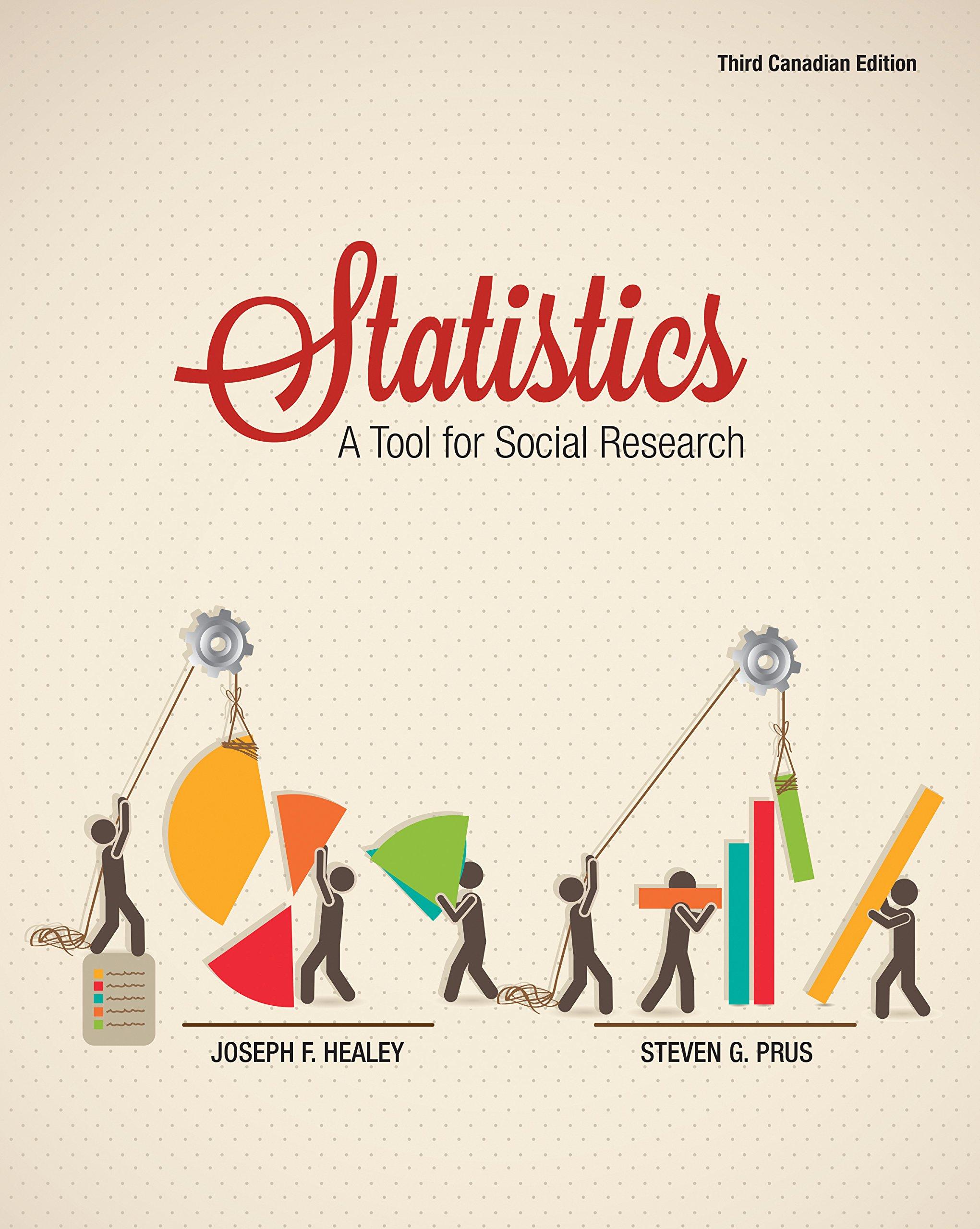14.1 PS In Problem 13.1, data regarding voter turnout in five cities were presented. For the sake...
Question:
14.1 PS In Problem 13.1, data regarding voter turnout in five cities were presented. For the sake of convenience, the data for three of the variables are presented again here along with descriptive statistics and zero-order correlations.
City Turnout Unemployment Rate % Negative Ads A 55 5 60 B 60 8 63 C 65 9 55 D 68 9 53 E 70 10 48 Mean 63.6 8.2 55.8 s 5.5 1.7 5.3 Unemployment Negative Ads Turnout 0.95 0.87 Unemployment 0.70
a. Compute the partial correlation coefficient for the relationship between turnout (Y )
and unemployment (X ) while controlling for the effect of negative advertising (Z ).
What effect does this control variable have on the bivariate relationship? Is the relationship between turnout and unemployment direct? (HINT: Use Formula 14.1 and see Section 14.2.)
b. Compute the partial correlation coefficient for the relationship between turnout (Y ) and negative advertising (X ) while controlling for the effect of unemployment (Z ). What effect does this have on the bivariate relationship?
Is the relationship between turnout and negative advertising direct? (HINT:
Use Formula 14.1 and see Section 14.2. You will need this partial correlation to compute the multiple correlation coefficient.)
c. Find the unstandardized multiple regression equation with unemployment (X1) and negative ads (X2) as the independent variables.
What turnout would be expected in a city in which the unemployment rate was 10% and 75% of the campaign ads were negative? (HINT: Use Formulas 14.4 and
Step by Step Answer:

Statistics A Tool For Social Research
ISBN: 9780176562076
3rd Canadian Edition
Authors: Joseph Healey, Steven Prus






